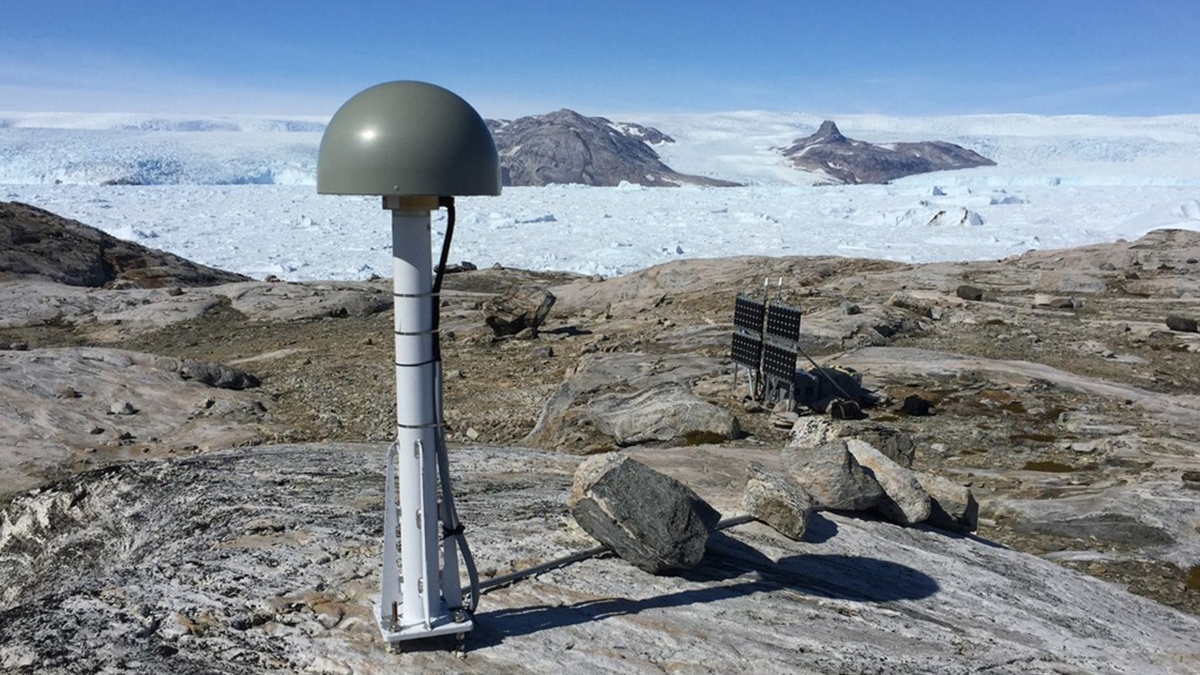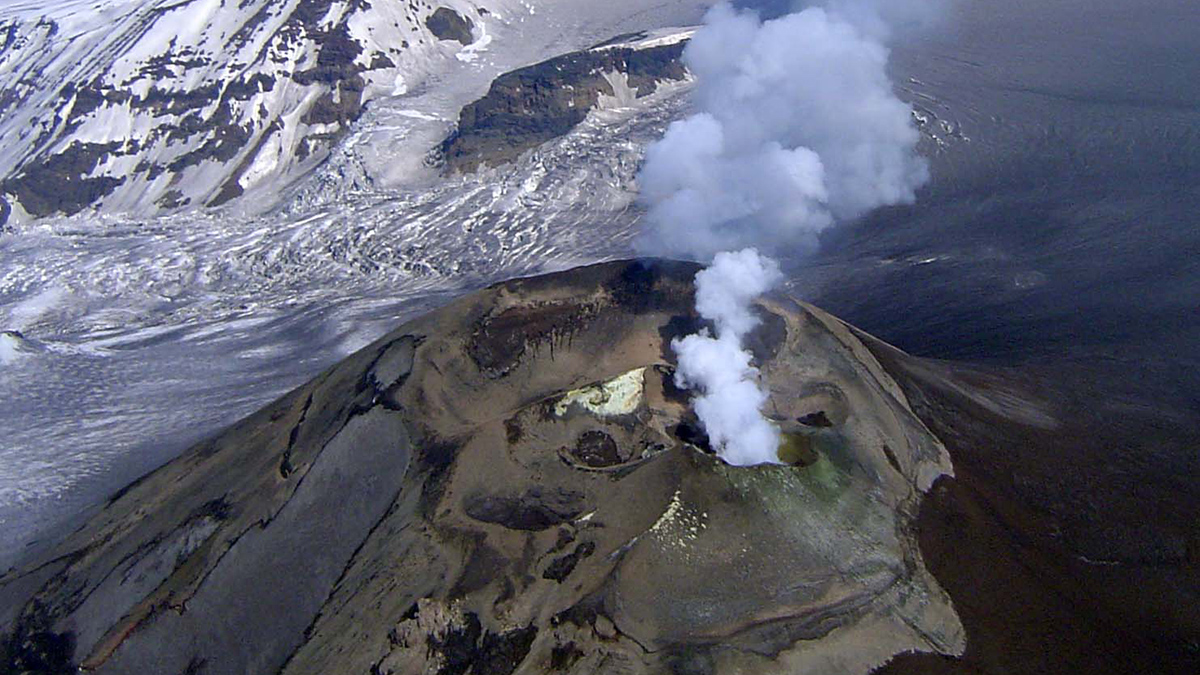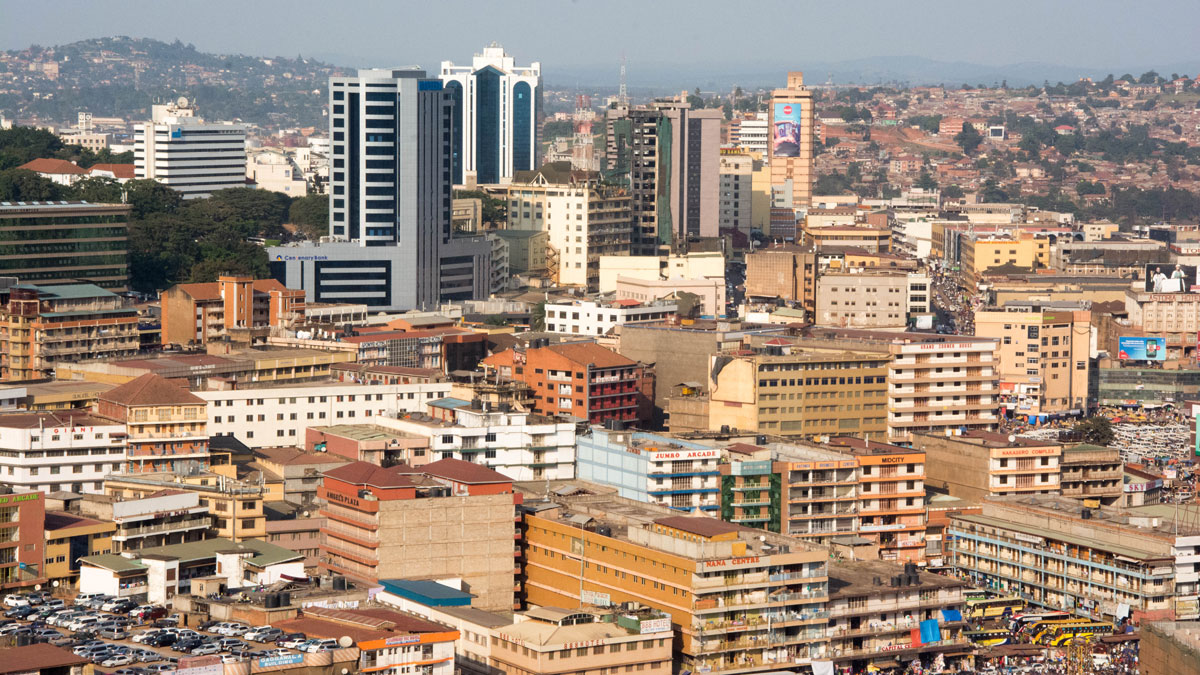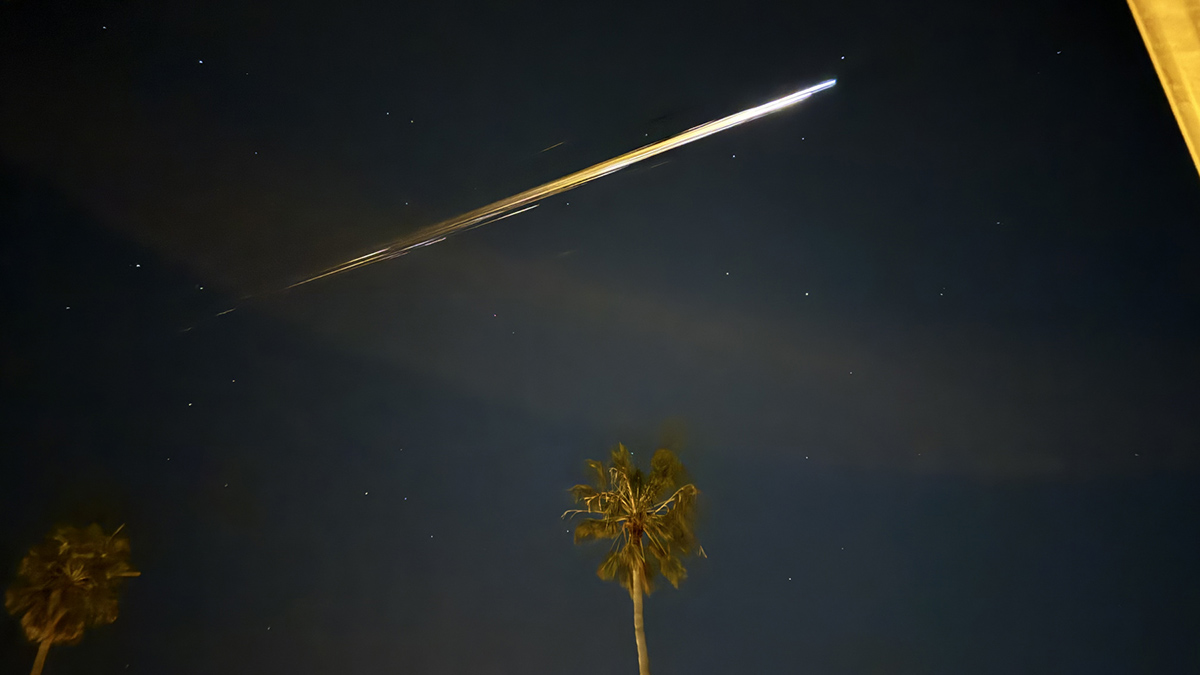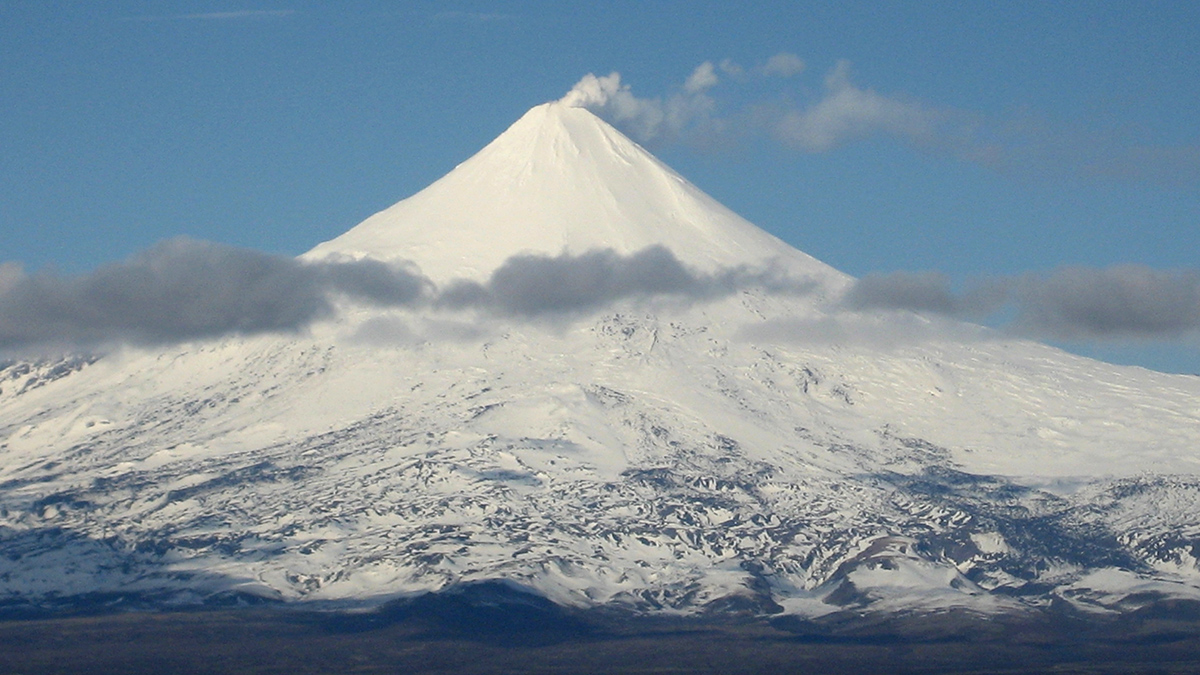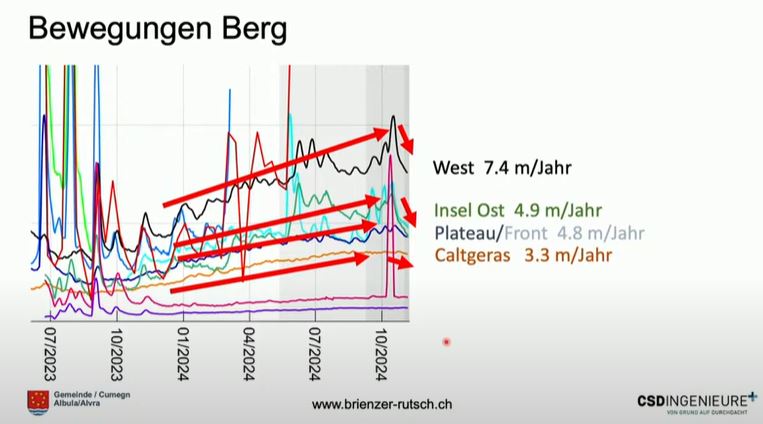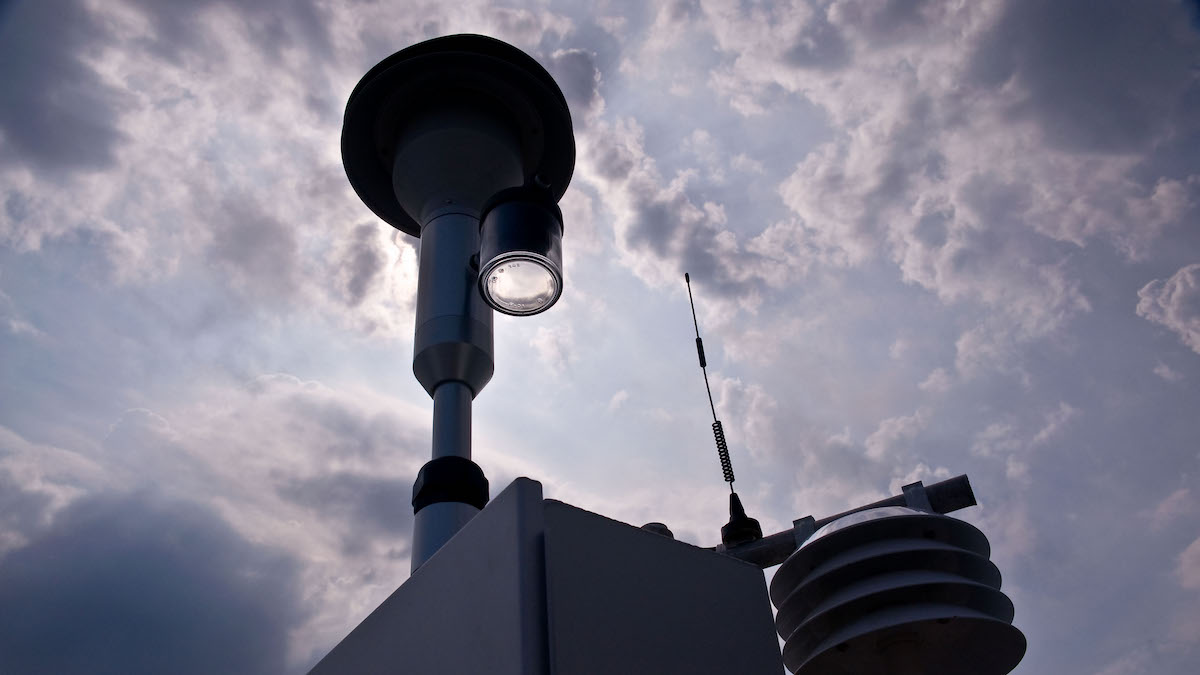Large scale observational networks are necessary for understanding the impact of a warming climate in the Arctic, but critical tools are crucial to how those networks are designed.
monitoring networks
Greenland Ice Sheet Stores Hidden Water Throughout the Melt Season
A new method uses stations around Greenland’s coast to measure how much meltwater weighs down the bedrock beneath the ice, improving our understanding of its contribution to sea level rise.
Alaska’s Mount Veniaminof Volcano Is Stealthy—Here’s Why
New research explains why Mount Veniaminof erupts without the usual warming signs.
The Breath of Colonialism Continues to Taint the Air in Uganda
Potentially harmful air quality in Kampala, Uganda, follows the borders of segregated settlements from Africa’s colonial era.
Seismometers Track Atmospheric Shock Waves from Incoming Space Debris
A Chinese spacecraft that burned up high over Los Angeles created a sonic trail detected by ground-based sensors.
Are Rogue Argo Floats Skewing Ocean Salinity Data Products?
Global ocean salinity products have become increasingly inconsistent since 2015, coinciding with a drift to higher salinity values in a number of Argo sensors.
Glaciers near Active Volcanoes Flow Faster
Monitoring glacier velocity could help predict volcanic activity, a study of more than 210,000 glaciers suggests.
A new landslide-driven evacuation of Brienz in Switzerland
The Landslide Blog is written by Dave Petley, who is widely recognized as a world leader in the study and management of landslides. Back in the summer of 2023, Brienz in Switzerland was evacuated due to the threat of a large rockslope failure that threatened to bury the village. The so-called Brienz-Brinzauls landslide finally failed […]
EPA Air Monitoring Network Misses 2.8 Million Americans in Pollution Hot Spots
Current EPA air monitoring may not capture the extent of particulate air pollution.
An Unprecedented Experiment to Map Kīlauea’s Summit Magma System
Dozens of researchers deployed nearly 2,000 seismic stations—and a T-Rex—to better illuminate subsurface structure and magma storage below the summit of the highly active volcano.


